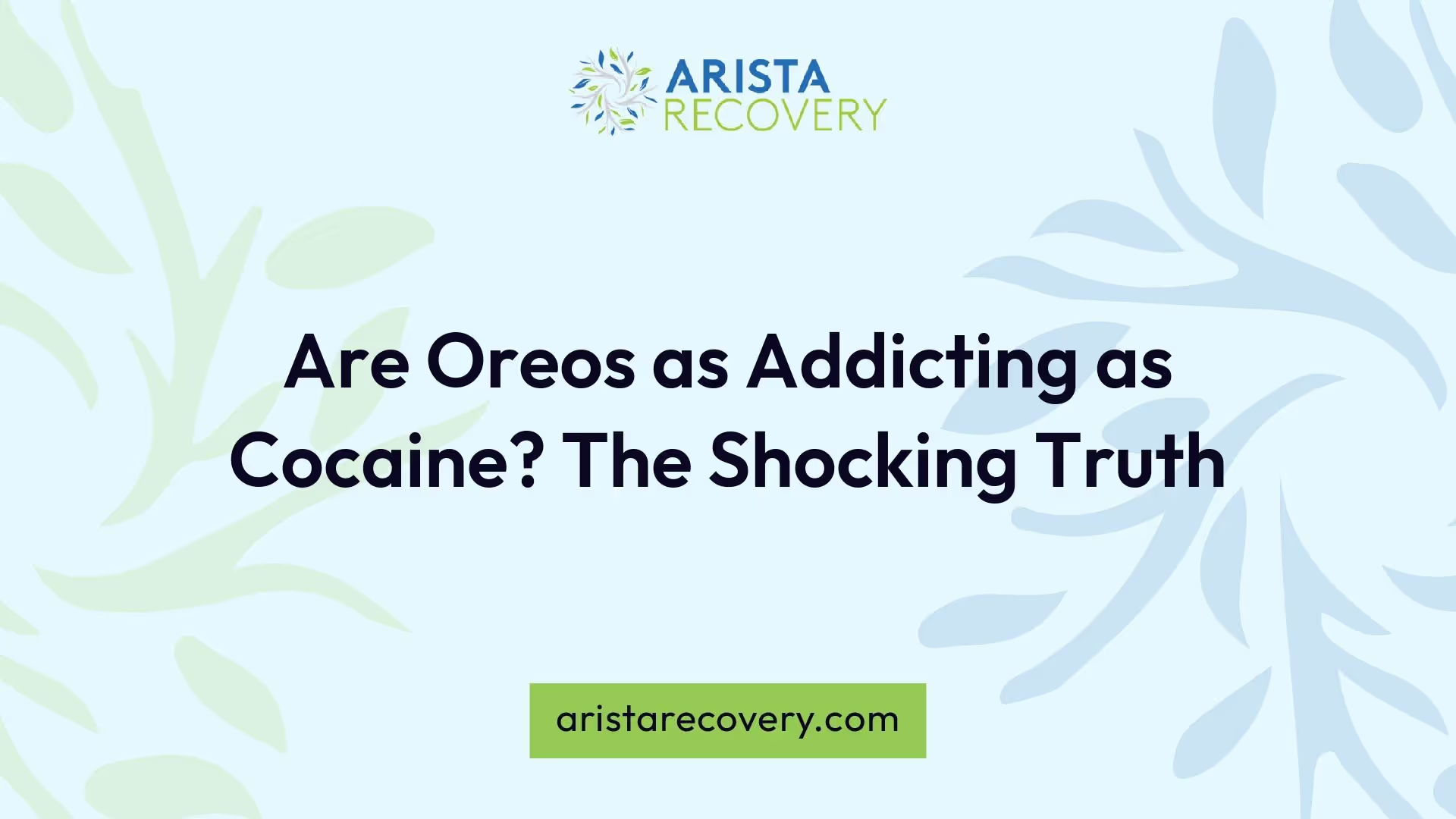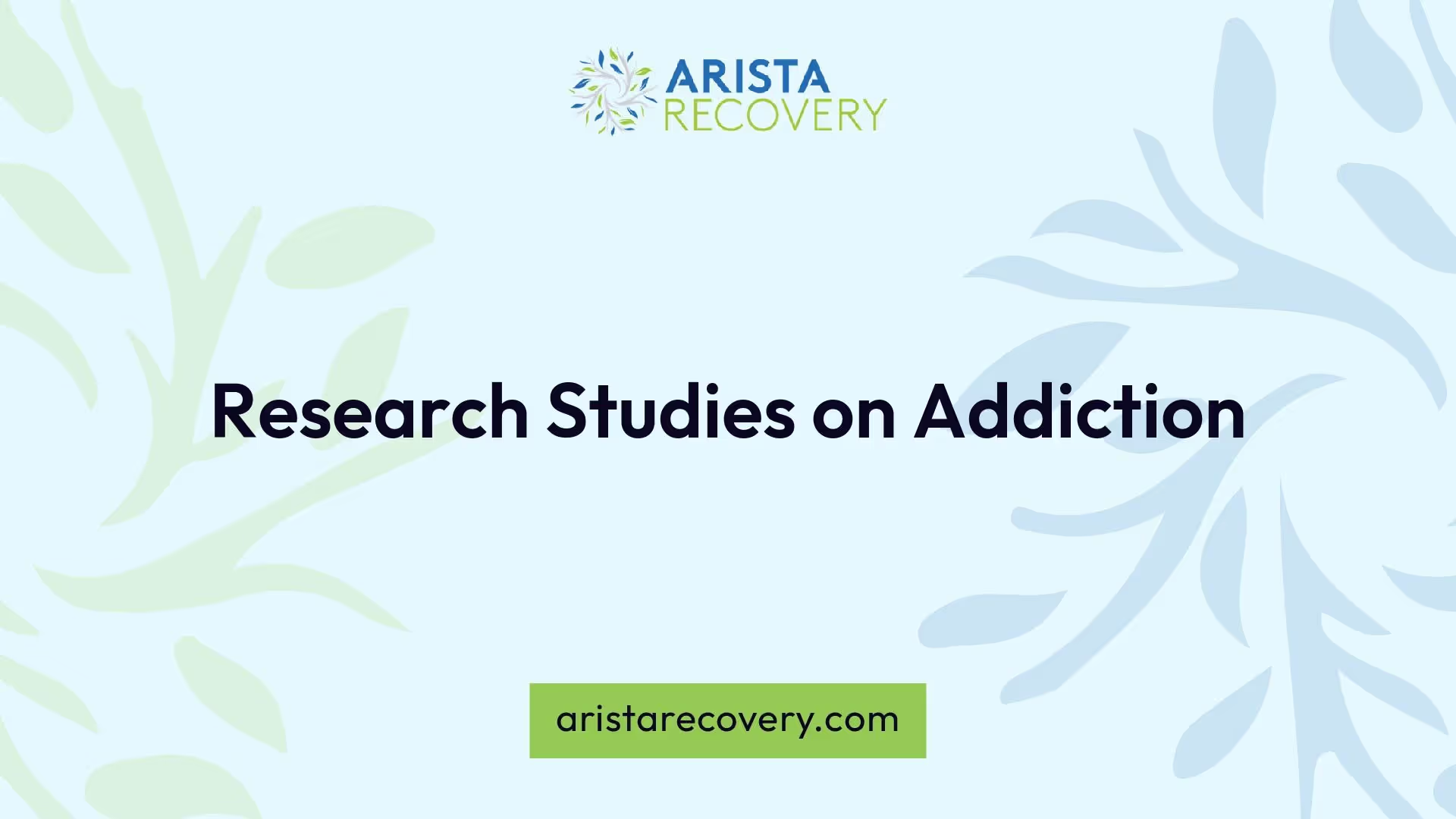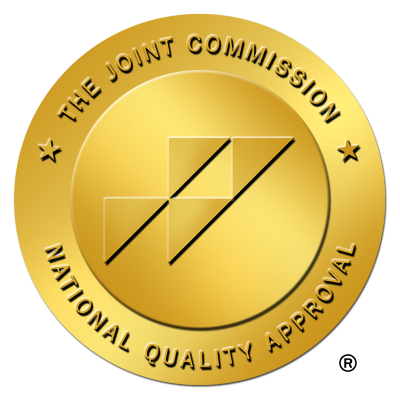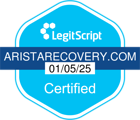Are Oreos as Addicting as Cocaine? The Shocking Truth

Understanding Addictive Behavior
Addiction, a chronic disease characterized by compulsive drug seeking and use despite negative consequences, is a complex behavioral pattern that can have profound impacts on an individual's life. Initial drug use might be a voluntary choice, but over time, persistent use can lead to brain alterations that challenge self-regulation and hinder the ability to resist the compelling urge to consume drugs.

The Impact of Addiction
The impact of addiction extends far beyond the individual struggling with the disorder, affecting their relationships, health, and overall well-being. Most drugs influence the brain's "reward circuit," triggering feelings of euphoria by flooding it with dopamine. Prolonged drug use results in the brain adapting by diminishing the cells' sensitivity in the reward circuit, leading to decreased pleasurable sensations and the development of tolerance, prompting individuals to increase drug intake to attain the same high [1].
Ultra-processed foods, including items like crackers, jarred pasta sauces, and cake mixes, have undergone chemical modifications with artificial additives and flavors. These foods have become a significant portion of the typical American and Canadian diet, comprising over half of the daily caloric intake. The prevalence of ultra-processed foods has raised concerns regarding their potential addictive properties and negative health effects.
While drug addiction, also known as substance use disorder, pertains to the inability to control the usage of legal or illegal drugs, controversial debates surround the comparison of food addiction to drug addiction. Despite similarities in brain activity between individuals addicted to drugs and those addicted to high-fat, high-sugar foods like Oreos, experts like Dr. Carl Erickson from the University of Texas Addiction Science Research and Education Center caution against equating food addiction to the powerful pull of drug addiction. Erickson believes that labeling food addiction in the same manner as drug addiction might misinterpret addictive disorders to the general public.
Comparing Oreos to Drugs
When examining the addictive properties of certain foods versus drugs, Oreos have been a subject of interest due to their profound impact on the brain's pleasure center. Let's delve into the comparison between Oreos and drugs, along with the chemical effects they have on the brain.
Oreos vs. Cocaine
Studies have shown that Oreos can stimulate the pleasure center of the brain, the nucleus accumbens, more intensely than addictive substances like cocaine or morphine [4]. This indicates that the combination of sugar and fat in Oreos may trigger a stronger response in the brain, making them exceptionally appealing.
Stimulated Brain RegionActivation LevelNucleus Accumbens (Brain Pleasure Center)Higher in Oreos than Cocaine or Morphine
The research findings suggest that Oreos can elicit neural responses similar to those seen with drug consumption, shedding light on the potential addictive nature of certain processed foods, particularly those high in sugar and fat.
Chemical Effects
The chemical composition of Oreos, specifically the blend of sugar and fat, plays a pivotal role in their addictive potential. The combination of these elements in Oreos appears to create a hyper-stimulating effect on the brain, possibly explaining why individuals find it challenging to resist such foods despite being aware of their adverse health consequences.
Furthermore, Oreos have been found to activate the nucleus accumbens region of the brain more strongly than drugs like cocaine or morphine [4]. This heightened neurological response to Oreos underscores the significant impact that certain food combinations can have on brain activity, echoing the addictive potential observed with drugs.
By analyzing the comparative effects of Oreos and drugs on the brain, it becomes evident that certain foods, particularly those engineered to be high in sugar and fat like Oreos, have the capacity to trigger addictive responses akin to substances traditionally associated with addiction.
Research Studies on Addiction

In-depth research studies have shed light on the comparison between the addictive properties of Oreos and drugs, providing insights into the profound impact of high-fat, high-sugar foods on addictive behavior. Two notable research studies have significantly contributed to understanding the addictive nature of certain foods and their effects on the brain.
Study by Professor Joseph Schroeder
A groundbreaking study led by Professor Joseph Schroeder and students at Connecticut College delved into the addictive potential of Oreos in a rodent model. The study revealed that for rats, the association between the pleasurable effects of consuming Oreos and a specific environment mirrored the strength of associations observed with addictive drugs like cocaine or morphine. This highlighted the addictive nature of high-fat, high-sugar foods like Oreos [5].
The choice of Oreos for the study was deliberate due to their high fat and sugar content, traits commonly found in products heavily marketed in communities with lower socioeconomic statuses [5]. The findings of this study underscored the potential addictive qualities of certain food compositions that can elicit responses in the brain similar to those seen with drug consumption.
Yale University Study Findings
Another influential study conducted at Yale University examined the neural responses to Oreos compared to addictive drugs like cocaine and morphine. The study demonstrated that Oreos activated the nucleus accumbens region of the brain more significantly than cocaine or morphine, indicating that the combination of sugar and fat in Oreos may be particularly appealing to the brain [4].
Rats conditioned with Oreos exhibited a strong preference for the side of a maze where they were given Oreos, akin to rats conditioned with addictive drugs displaying a preference for the drug-induced side. This emphasized the potent rewarding properties of high-fat, high-sugar foods and their ability to stimulate neural pathways associated with pleasure and addiction [5].
The research findings from both studies contribute to our understanding of how certain foods, particularly those rich in fat and sugar like Oreos, can elicit addictive-like behaviors in the brain. These studies underscore the need for further exploration into the addictive potential of food and the implications for public health and well-being.
Brain Activation and Food Addiction
When it comes to food addiction, understanding the brain's response to certain foods is essential in unraveling the complex nature of addictive eating behaviors. In this section, we will explore the activation of the nucleus accumbens, a critical region of the brain associated with reward and pleasure, and draw parallels between food addiction and drug addiction.
Nucleus Accumbens Activation
Studies have shown that certain foods, particularly those high in sugar and fat content, can trigger heightened activity in the nucleus accumbens, mirroring the response seen with addictive substances. A notable study conducted on rats found that Oreos, a popular sweet treat, elicited a stronger activation in the nucleus accumbens compared to cocaine or morphine.
The combination of sugar and fat in foods like Oreos may have a synergistic effect on the brain's reward pathways, making them particularly appealing and potentially addictive. Interestingly, research has indicated that rats showed a preference for the creamy vanilla filling of Oreos over the cookie itself, underscoring the allure of the sugar-fat combination [4].
Similarities with Drug Addiction
Moreover, the findings from studies suggest that the brain's response to high-fat/high-sugar foods, such as Oreos, shares striking similarities with the neural responses seen in drug addiction. Consumption of these palatable foods can lead to the activation of neural pathways associated with pleasure and reward, potentially driving compulsive eating behaviors similar to substance abuse [6].
The research on the activation of the nucleus accumbens by food, particularly high-fat/high-sugar options like Oreos, sheds light on the complex interplay between food consumption and brain chemistry. By recognizing the parallels between food addiction and drug addiction at the neurological level, we can better understand the mechanisms that drive addictive eating habits and pave the way for innovative approaches to addressing these challenges.
Health Implications of Food Addiction
Diving deeper into the realm of food addiction, it's crucial to understand the long-term consequences and public health concerns associated with addictive eating habits.
Long-term Consequences
Research studies, such as those conducted on rats mentioned in The Guardian, have highlighted the addictive-like tendencies triggered by foods high in fat and sugar. The impact of prolonged consumption of such foods can lead to significant health implications.
Individuals struggling with food addiction are at a higher risk of developing obesity, diabetes, cardiovascular diseases, and other metabolic disorders. The addictive nature of certain foods can disrupt the brain's reward system, leading to compulsive overeating and unhealthy weight gain.
Moreover, the continuous consumption of highly processed and sugary foods can contribute to nutrient deficiencies, weakened immune function, and overall poor health. Addressing food addiction and breaking free from harmful eating patterns is essential to prevent these long-term consequences.
Public Health Concerns
The comparison between Oreos and cocaine, as highlighted in several studies (Medical News Today), raises concerns about the accessibility and marketing of addictive food products, especially in communities with lower socioeconomic statuses. The easy availability of highly processed and sugary foods, coupled with aggressive marketing strategies, amplifies the risk of food addiction and its detrimental effects on public health.
Food addiction not only poses individual health risks but also contributes to broader societal challenges, including increased healthcare costs, productivity losses, and strain on public health systems. Addressing the public health concerns associated with food addiction requires a comprehensive approach that focuses on promoting healthy eating habits, enhancing nutritional education, and regulating the food industry's marketing practices.
Understanding the long-term consequences of food addiction and addressing the public health concerns related to addictive eating habits are essential steps in combating the growing issue of unhealthy food behaviors. By raising awareness, promoting healthier food choices, and providing support for individuals struggling with food addiction, we can work towards a healthier and more sustainable food environment for all.
Addressing Food Addiction
Efforts to address food addiction involve strategies that focus on managing addictive eating habits, as well as implementing treatments and prevention measures to combat the detrimental effects of addictive behaviors related to food consumption.
Managing Addictive Eating Habits
When it comes to managing addictive eating habits, individuals can adopt various approaches to regain control over their food consumption. These strategies may include:
By actively managing addictive eating habits through these strategies, individuals can take steps towards breaking the cycle of food addiction and fostering a healthier relationship with food.
Treatment and Prevention
In addition to managing addictive eating habits on a personal level, seeking professional treatment and preventive measures can be instrumental in addressing food addiction effectively. Treatment options may include:
Preventive measures play a crucial role in mitigating the risks of food addiction and promoting a healthy relationship with food. These may include:
By implementing a combination of strategies for managing addictive eating habits, seeking appropriate treatment, and adopting preventive measures, individuals can take proactive steps towards addressing food addiction and promoting a healthier lifestyle.
References
[2]:
[3]:
[4]:
[5]:
[6]:


